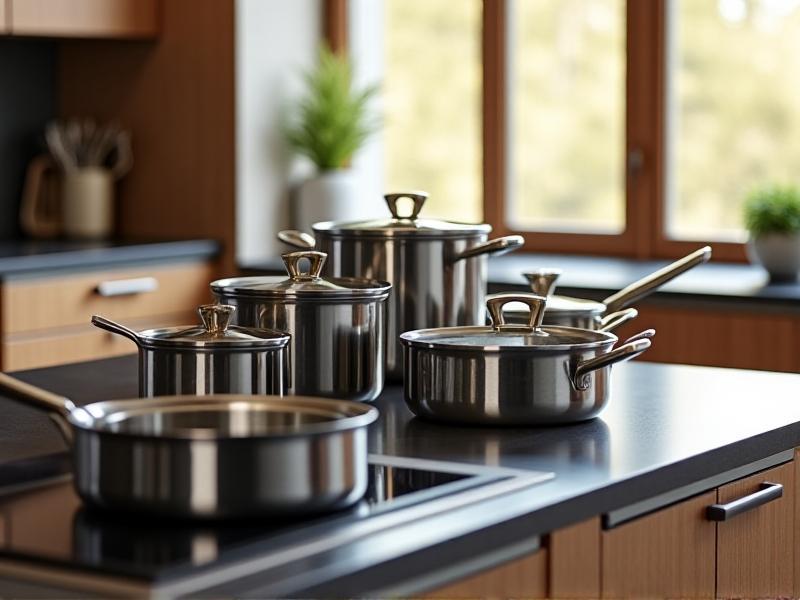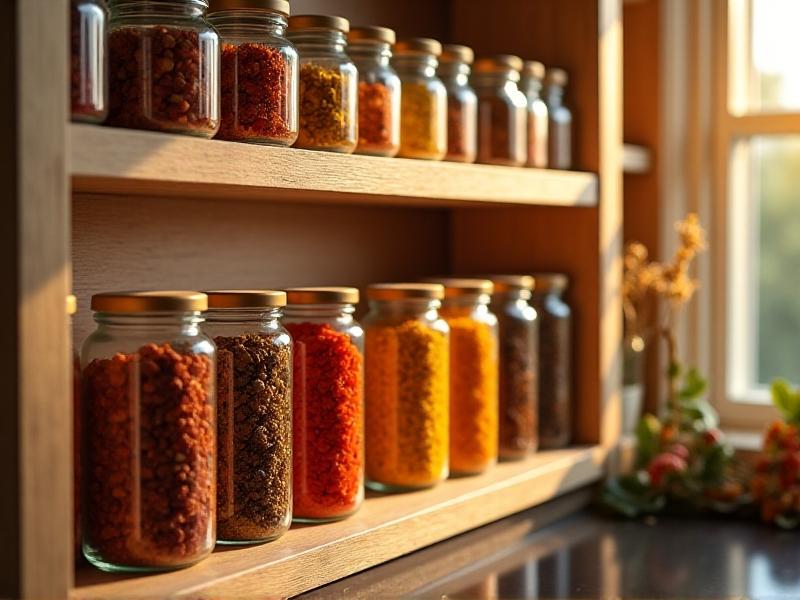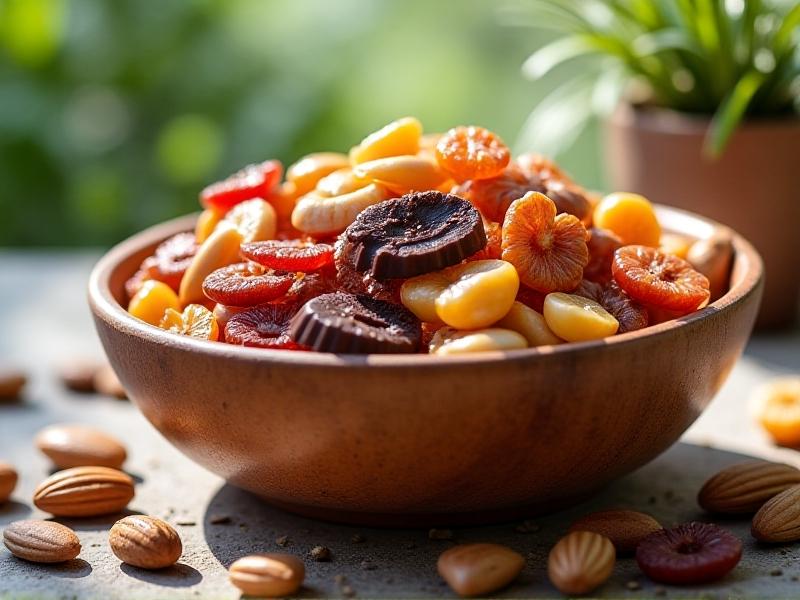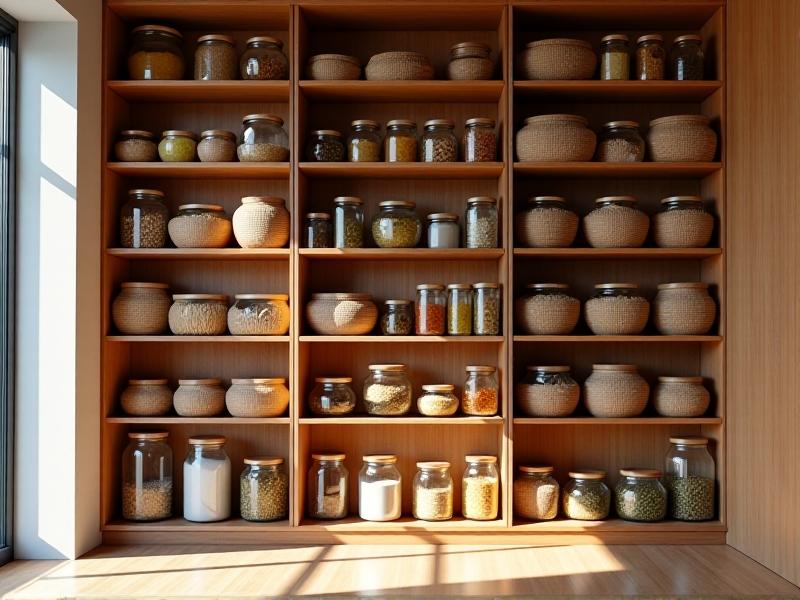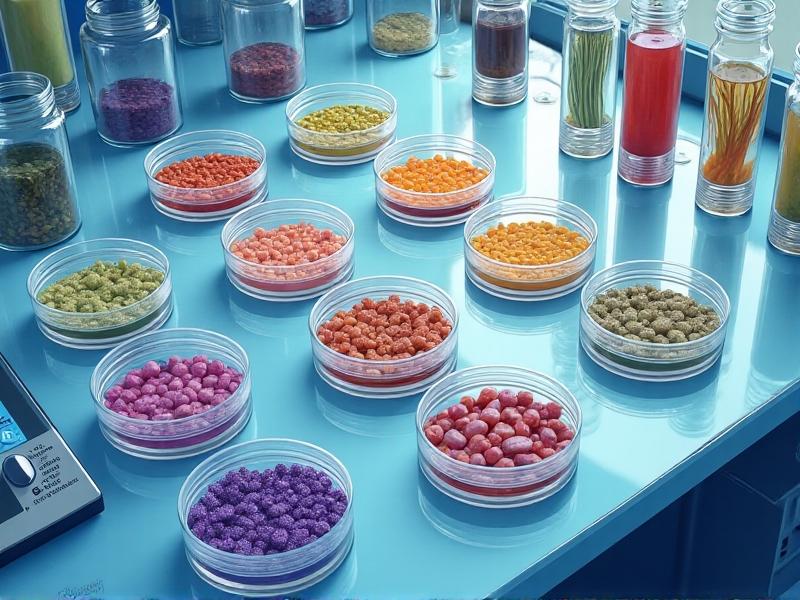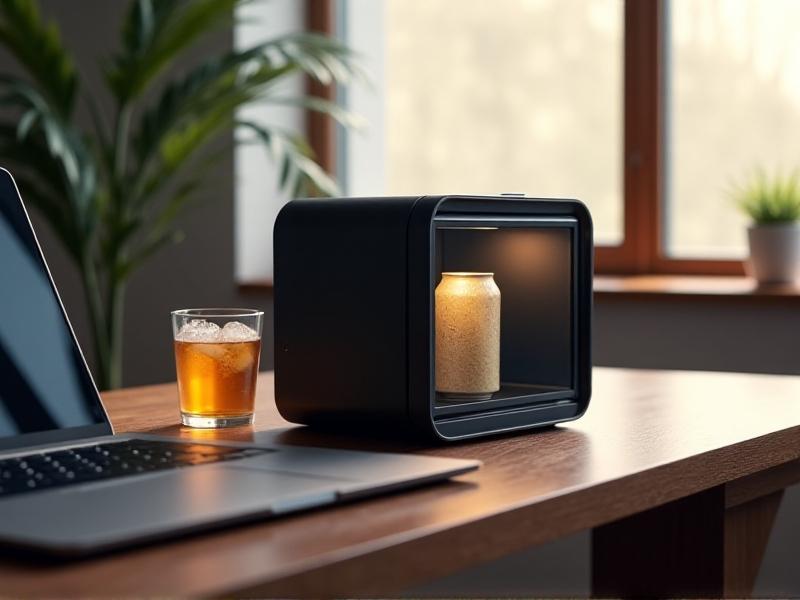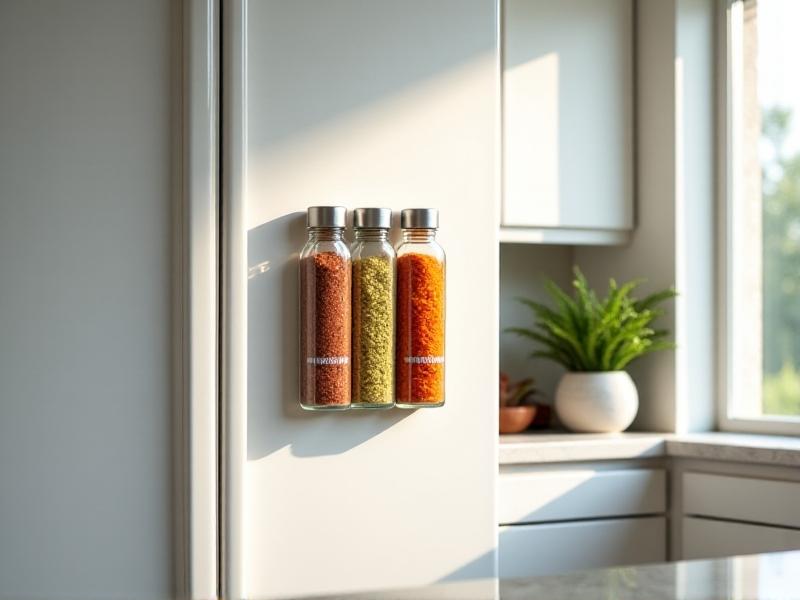Collapsing Food Container Systems
The Invisible Backbone: Understanding Food Container Systems

Modern food distribution relies on an intricate web of container systems that stretch across oceans, highways, and air corridors. These networks—encompassing refrigerated shipping containers, bulk grain carriers, and last-mile delivery trucks—form the backbone of global food security. Nearly 90% of internationally traded food travels via maritime routes, with mega-ports like Shanghai and Rotterdam processing thousands of containers daily. The rise of just-in-time delivery models has eliminated buffer stocks, turning minor delays into cascading shortages. In 2021 alone, over 11 billion tons of food relied on these systems, a figure that masks their startling fragility. From temperature control failures destroying perishables to customs bottlenecks leaving produce rotting at docks, the system’s efficiency is also its Achilles’ heel.
Cracks in the Chain: Why Systems Are Failing
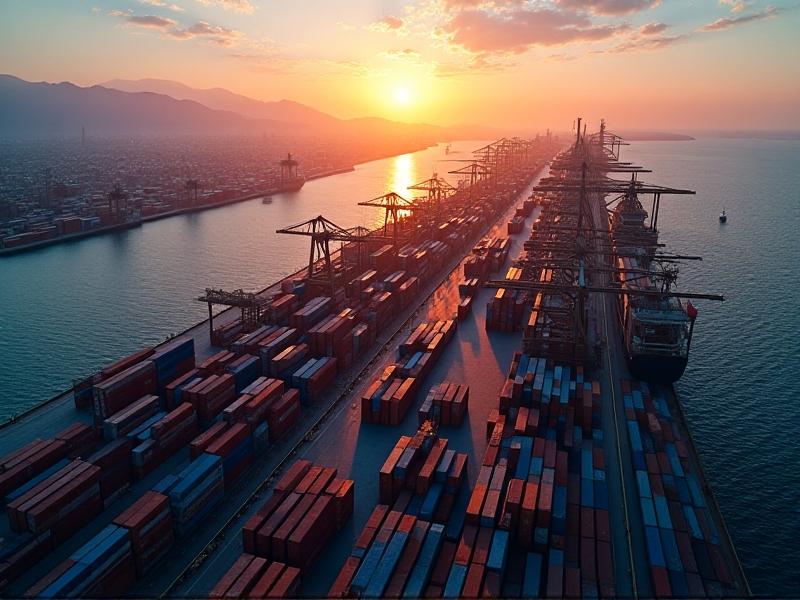
The 2021 Suez Canal obstruction by the Ever Given exposed how single choke points can paralyze global trade. For seven days, $9.6 billion worth of goods daily—including perishables like coffee and livestock feed—sat idle. COVID-19 lockdowns further demonstrated vulnerabilities: migrant labor shortages left UK vegetables unpicked, while U.S. meatpacking plant closures caused retail prices to spike 20%. These episodes reveal a dangerous truth: hyper-optimized routes lack redundancy. Corporations prioritize cost-cutting over resilience, using standardized containers ill-suited for diverse climates. A 2023 World Bank study found 73% of ports lack adequate cold storage, forcing rerouted shipments into improvised solutions. When systems fracture, replacements don’t exist—the chain snaps.
Climate Change: The Ultimate Stress Test

Unprecedented weather events are battering critical infrastructure. In 2022, Pakistan’s monsoon floods submerged 45% of its crop storage facilities, spoiling 3 million tons of wheat. Hurricane Ida’s 150-mph winds shredded Louisiana’s grain silos, spilling 15% of U.S. soybean reserves into floodwaters. Rising temperatures compound risks: a 2024 MIT model predicts 30% of global cold storage will become energy-inefficient by 2035 as cooling demands outpace grid capacities. Coastal hubs face double jeopardy—Houston’s port, handling 35% of U.S. food imports, lies in a hurricane-prone floodplain now sinking 2cm yearly. These converging threats expose how 20th-century infrastructure can’t withstand 21st-century extremes.
Economic and Policy Shortfalls Exacerbating Collapse

Decades of underinvestment plague food infrastructure. The American Society of Civil Engineers gives U.S. food storage a ‘D+’ rating, noting 40% of facilities predate 1990. Private operators resist upgrades; profit margins averaging 3% discourage long-term spending. Regulatory gaps worsen decay: no international standards govern shipping container maintenance, enabling “swiss cheese” corrosion. Tax incentives prioritize new construction over retrofits, exemplified by Brazil’s $2 billion port expansion in Manaus—a project delayed by corruption scandals while existing terminals crumble. Labor exploitation adds strain: 2023 strikes at France’s Marseille port halted 1,200 refrigerated containers, protesting AI monitoring that worsened dockworker conditions.
Human Cost: Inequality and Food Insecurity
System failures hit marginalized communities hardest. When typhoons disrupted Manila’s imports in 2023, wealthy districts sourced alternatives via air freight while slum markets saw rice prices triple. USDA data shows U.S. rural counties lost 75% of local food warehouses since 2000, forcing dependence on distant hubs. Urban food deserts expand concurrently: Chicago’s South Side has one supermarket per 100,000 residents, compared to seven in affluent North Side neighborhoods. During shortages, these disparities turn lethal—a 2022 heatwave in India saw Delhi’s low-income neighborhoods endure 400% higher spoilage rates due to inadequate home refrigeration. Food becomes a privilege, not a right.
Rebuilding from the Ground Up: Solutions and Innovations
Emerging technologies offer hope. Blockchain-enabled tracking systems in Rwanda reduced dairy spoilage by 35% by pinpointing refrigeration lapses. Japan’s Fukushima robots now clean radiation-tainted grain silos, preventing human exposure. Policy shifts matter equally: Kenya’s 2024 Agro-Infrastructure Act mandates that 30% of transport budgets fund climate-resilient storage. Grassroots efforts also shine: Mumbai’s women-led cooperatives repurpose monsoon-flooded basements into community coolers using low-cost terracotta designs. However, scaling solutions requires rethinking priorities—a 2023 IMF proposal suggests taxing speculative food trades to fund infrastructure trusts. By marrying innovation with equity, collapsing systems can transform into lifelines.
